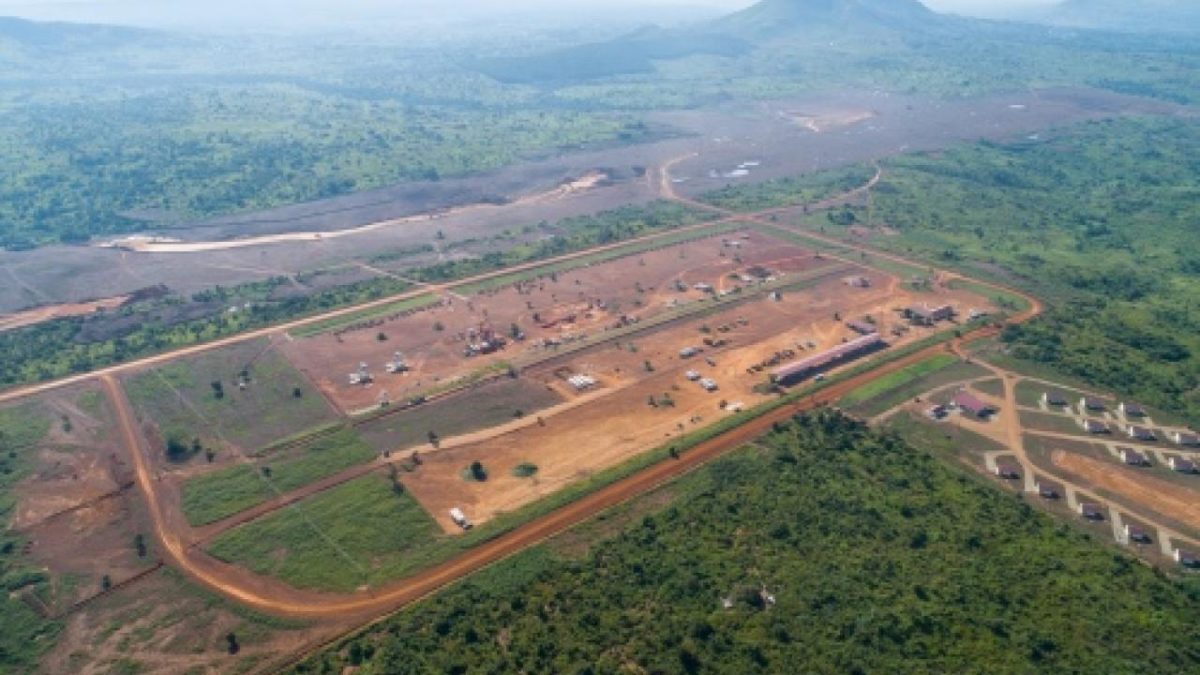Kabaale International Airport in Hoima, Uganda’s second international airport now under construction is due for completion nine months from now, according to the contractors.
The immediate objective of the airport, 200 kilometers by air from Entebbe International Airport and 33 kilometers by road from Hoima City, is mainly transportation of the equipment expected to be shipped in for the construction of oil processing and transportation projects.
The construction works being undertaken by SBC Uganda Ltd began in 2018 and were due to end in April for the first phase, which would be able to handle cargo planes.
However, in addition to the onset of COVID-19 which slowed down the works, it was discovered that there were other issues including the terrain and others, that had not been anticipated during the contract awarding process, according to SBC.
But Amos Muriisa, the spokesperson of SBC Uganda, says the project will be ready by February 2023, the new deadline that was set by the government through the Petroleum Authority of Uganda, PAU.
The first phase of the project is expected to pave way for the importation of the heavy equipment, materials and machinery by the oil and gas companies which are currently in the initial stages of developing their own projects. These include; field flow pipelines, feeder pipelines, the central processing facilities in the fields and at the Kabaale industrial park, the East African Crude Oil Pipeline and later the refinery, and well equipment for related industries expected to be born out of the oil industry.
Later, the second phase will include an expanded passenger terminal which will be expected to boost tourism and other activities leading to high passenger numbers.
Construction of the runway, which is 3.5 kilometres long and 45 meters wide is 95 percent complete, while the cargo terminal building, the limited-capacity passenger terminal building, the air rescue firefighting house, power substation house and the air ground lighting system are all between 78 and 9 percent complete.
The airport is designed to handle the largest cargo planes in the industry currently, and, according to SBC, the apron can host four of such aircraft at once. The next nine months will also see the construction of housing for airport operators and the control tower start and completed, according to Muriisa.
But there is fear that hundreds of Ugandans, including a good number of those from the local communities, will soon lose employment as the project comes to an end. Of more than 1000 workers, about 95 percent are Ugandans who will be released.
Muriisa says these are being advised to adjust to that they can be taken up by other construction projects expected in the area.
These oil and gas processing facilities, the Eacop, the refinery and the airport are expected to create new jobs and Muriisa says the workers demobilised by the airport project should take advantage of them.
After four years of participating in the airport construction project, it is expected that the workers have developed enough capacity to take up opportunities in other projects, whether they are private or government-owned.
At the beginning of the project, SBC was accused of employing more foreigners and Ugandans from outside the Albertine Grabben, which allegedly amounted to the violation of the National and Local Content policies.
However, Muriisa explains that this was because it was hard to find the people from the local communities, with the specific skills required by the magnitude and complexity of the works being undertaken. He says, however, that with the help of technical training institutes in the area, many had their skills upgraded and they were taken up.

